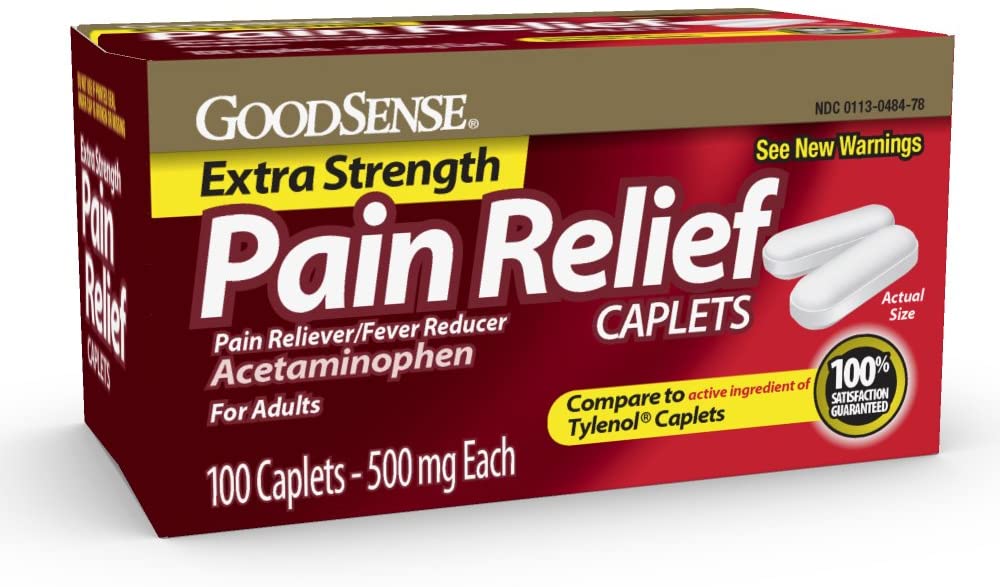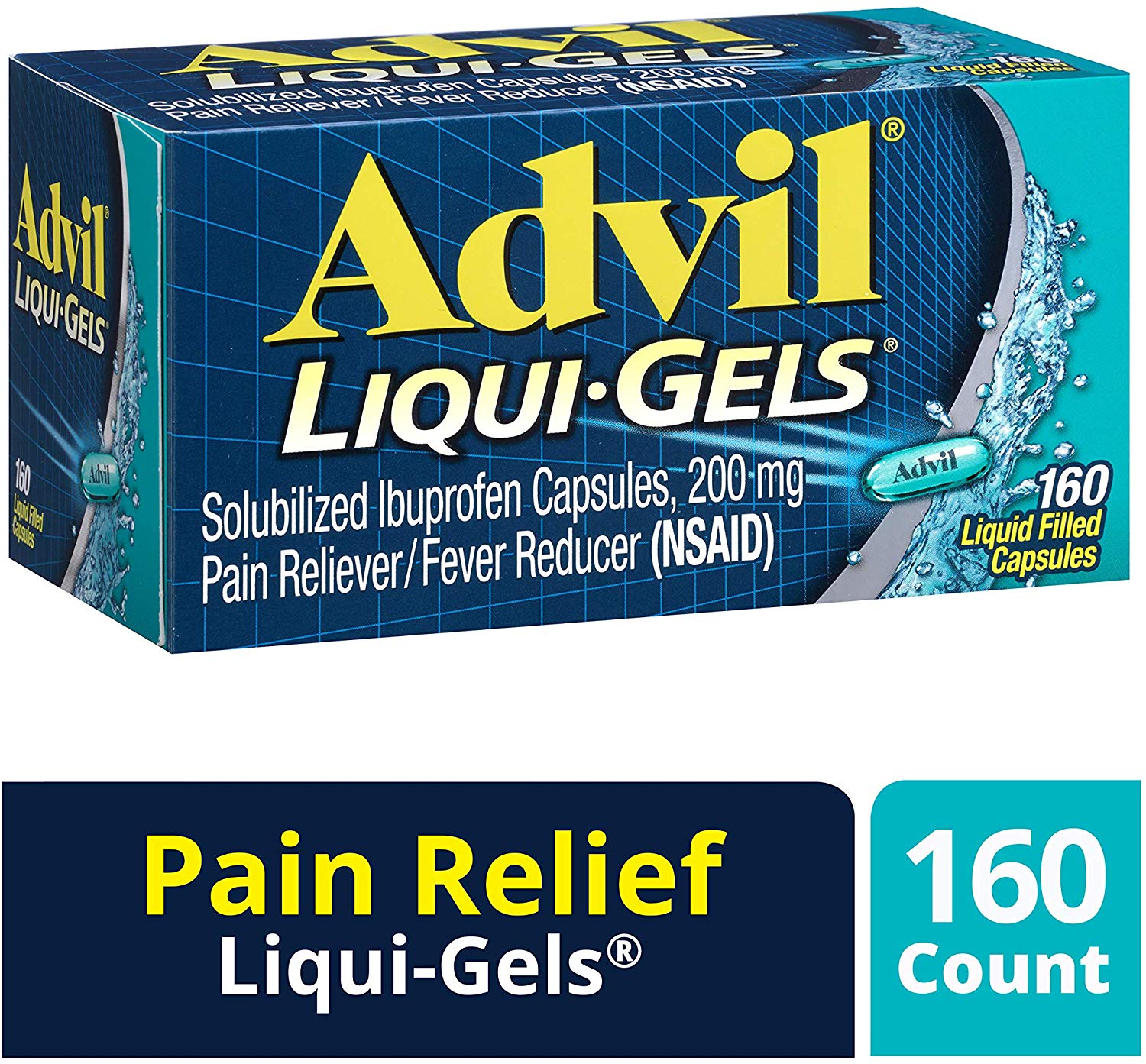Musculoskeletal Pain
Overview
What is fibromyalgia? — Fibromyalgia is a condition that causes people to feel pain in the muscles all over their body. People with fibromyalgia also have “tender points,” places on their body that hurt when they are touched. No one knows what causes fibromyalgia.
Can fibromyalgia be cured? — Some people seem to get over fibromyalgia. But in most people it cannot be cured. Even so, people can learn to deal with the condition and lead fairly normal lives. Fibromyalgia does not get worse over time, and it is not life-threatening.
Does fibromyalgia cause symptoms besides muscle pain? — Yes. People with fibromyalgia often say they feel tired all the time and that sleep does not help them feel rested. They can also have:
●Trouble thinking clearly
●Flu-like symptoms
●Headaches
●Depression and anxiety
●Stomach pain
●Too many or too few bowel movements (diarrhea or constipation)
●Pain in the bladder or the need to urinate in a hurry or often
●Problems with the jaw
Is there a test for fibromyalgia? — No, there is no test. To diagnose it, doctors and nurses have to go by symptoms. First they look for other causes of the symptoms, such as arthritis or a hormone problem. They diagnose the condition if they can find no other cause, and if a person has:
●Muscle pain all over their body
●Severe tenderness in at least 11 of the 18 known “tender points” of fibromyalgia (figure 1)
Sometimes doctors diagnose fibromyalgia without checking for the number of tender points a person has. This might happen if the person has many areas that feel painful, and is bothered a lot by symptoms that are often caused by fibromyalgia. Some of these symptoms include feeling tired when getting up in the morning and during the day, and having trouble thinking clearly.
How is fibromyalgia treated? — There are medicines and strategies to help with the symptoms of fibromyalgia. But there is no one treatment that works for everyone. You and your health care team will need to work together to find the right mix of treatments for you. In general, treatment can include:
●Medicines to relieve pain, improve sleep, or improve mood
●Physical therapy to learn exercises and stretches
●Relaxation therapy
●Working with a counselor
To get the best treatment, many people need a team that includes:
●A doctor
●A physical therapist
●Someone trained in mental health (such as a social worker or counselor)
Be open to medicines — Your doctor or nurse might suggest that you take a medicine normally used to treat depression or seizures. If so, be open to trying it. Even if you are not depressed and do not have seizures, these medicines can help. That is because they work on the brain areas that deal with pain.
What can I do on my own? — It is really important that you stay active. Walking, swimming, or biking can all help ease muscle pain. If you have not been active, it might hurt a little more when you start. But being active can help improve your symptoms.
It is also really important that you try not to be too negative about your life. Your outlook has a big effect on how you feel pain. Do your best to be positive.
figure 1: Tender points in fibromyalgia

People with fibromyalgia usually have many “tender points” on their body that hurt when touched or pressed on. These tender points are bilateral, meaning that they are the same on both the left and right side of the body. Most people with fibromyalgia have tenderness on at least 11 of the 18 points shown in this picture. They usually have also had pain throughout the body for at least three months.
Usual Adult Dose for Fever
Oral:
Immediate-release: 325 mg to 1 g orally every 4 to 6 hours
Extra strength (500 mg/tablet): 2 tablets (1 g) every 6 hours as needed; maximum daily dose: 6 tablets/day (3 g/day).
Comments:
-Maximum daily dose is based on all routes of administration and all products containing acetaminophen.
-Maximum daily dose and dosing recommendations may differ by product; some manufacturers have decreased the maximum daily dose to protect consumers from inadvertent overdoses.
Uses:
-For the management of mild to moderate pain and the management of moderate to severe pain with adjunctive opioid analgesics.
-For the reduction of fever.
Usual Adult Dose for Fever
Oral:
Initial dose: 200 mg orally every 4 to 6 hours
-May increase to 400 mg every 4 to 6 hours if needed
Maximum dose: 1200 mg/day
Comments:
-Use the lowest effective dosage for the shortest duration consistent with individual patient treatment goals.
-Patients should be well hydrated to reduce the risk of renal adverse events.
-IV doses should be infused over at least 30 minutes.



